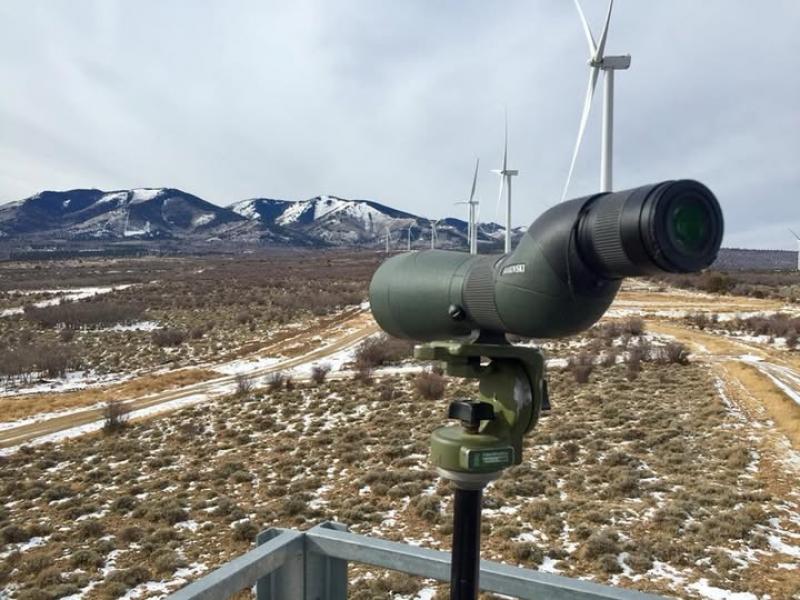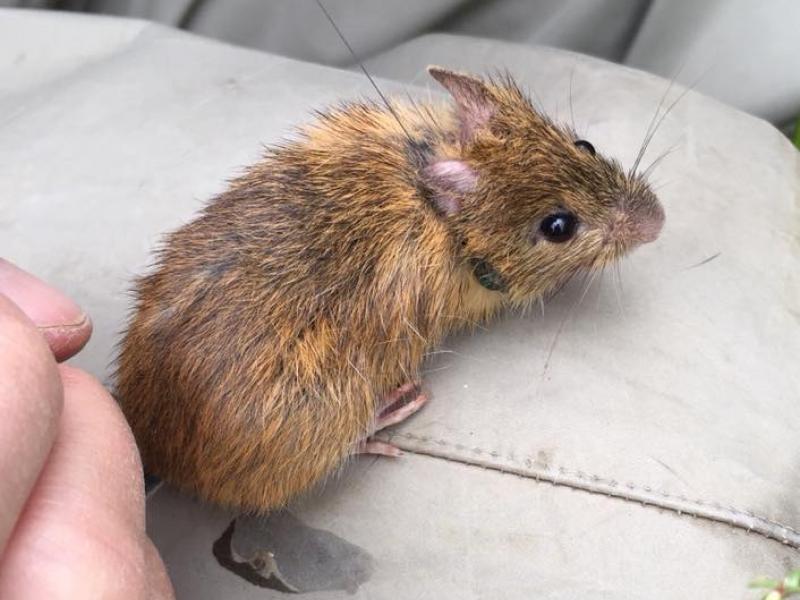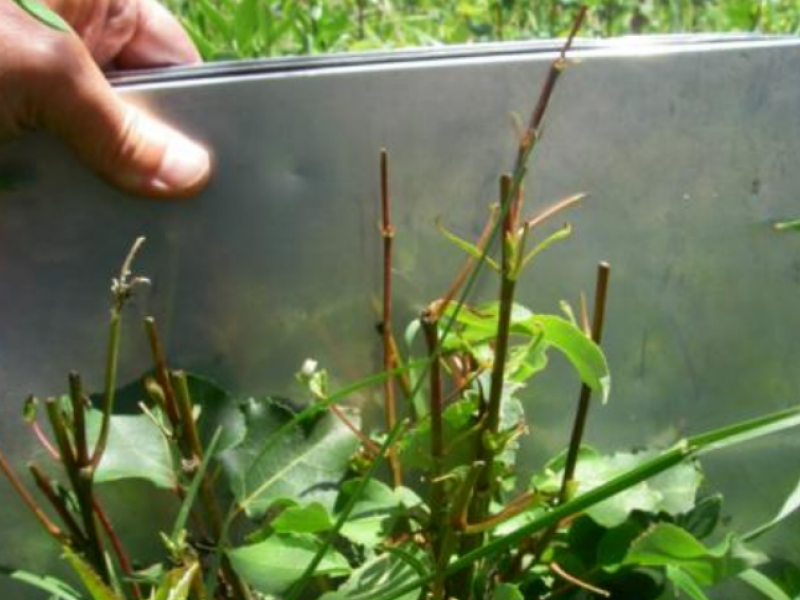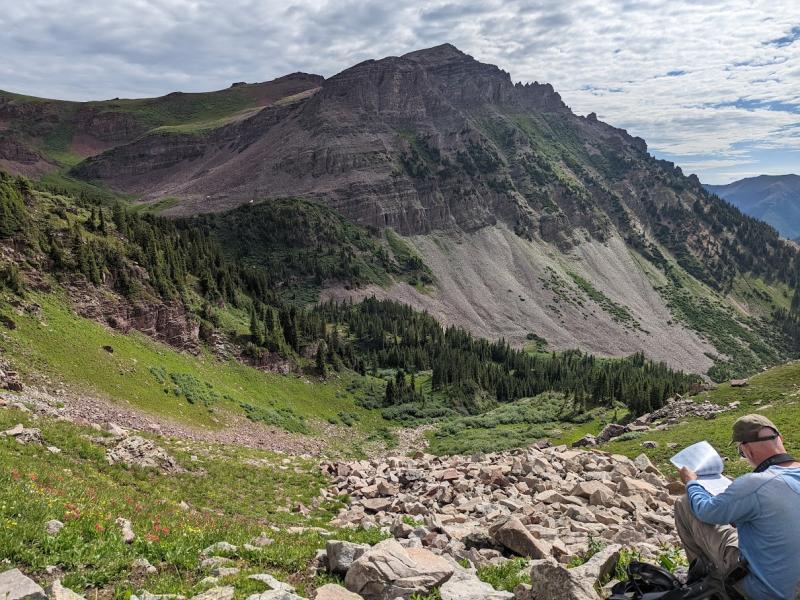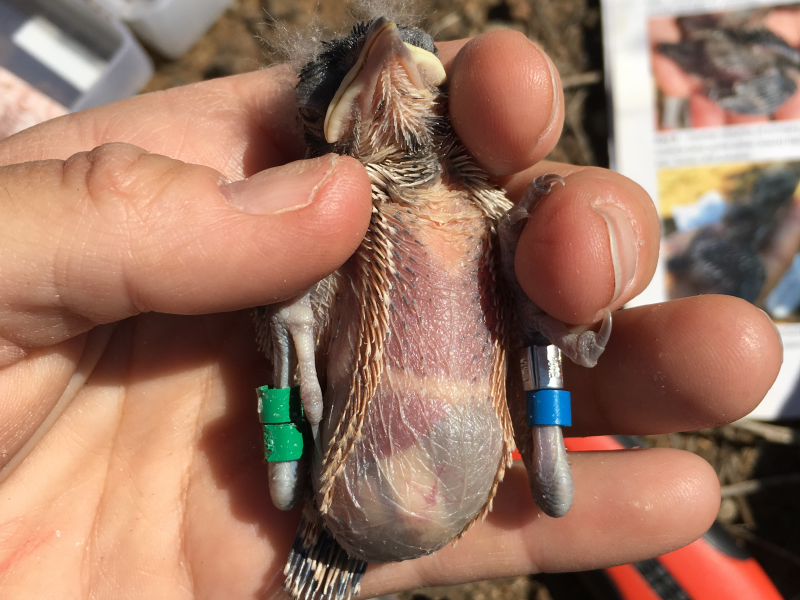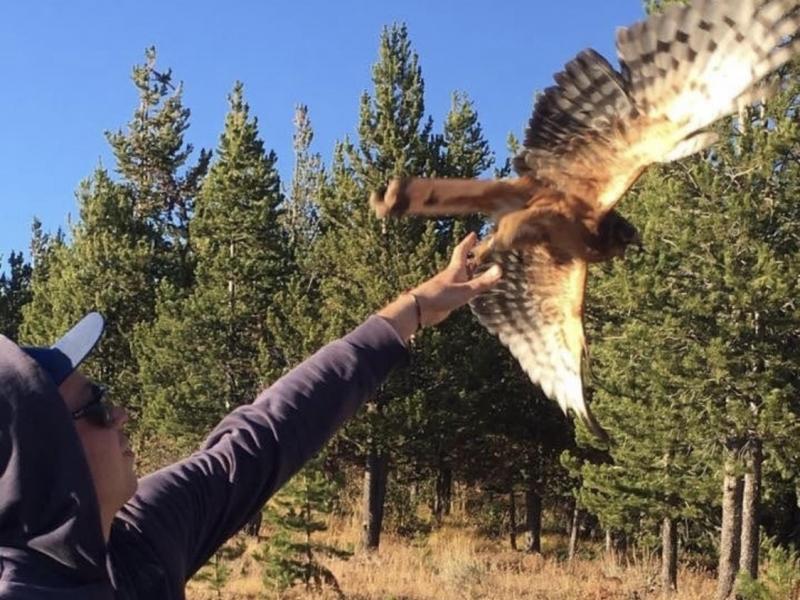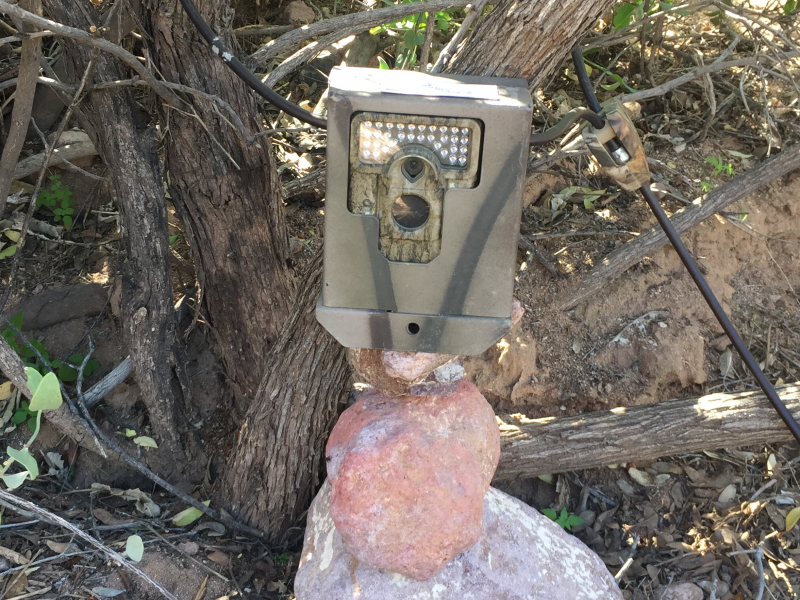Mission Statement
TwinVert is a small, family-run environmental consulting company founded and operated by two brothers, supported by a tight-knit team of dedicated professionals. The team brings a strong combination of field biology, natural resource management, and geospatial expertise to every project.
We specialize in wildlife surveys, habitat assessments, ecological monitoring, spatial analysis, and high-quality deliverables, offering the technical precision of a larger firm with the flexibility, responsiveness, and personal attention to detail only a small team can provide. Our work supports regulatory compliance, land management decisions, conservation planning, and restoration efforts across the West.
What sets us apart is simple: we do the work ourselves. You won’t get passed off to junior staff or filtered through layers of bureaucracy. From initial planning to final high-quality products, we stay hands-on, ensuring accuracy, accountability, and deep familiarity with every species and acre we assess.
Whether the goal is on-the-ground data collection, wildlife monitoring, habitat assessments, regulatory compliance, geospatial modeling, management recommendations, or ecological restoration, we deliver science you can stand behind.
